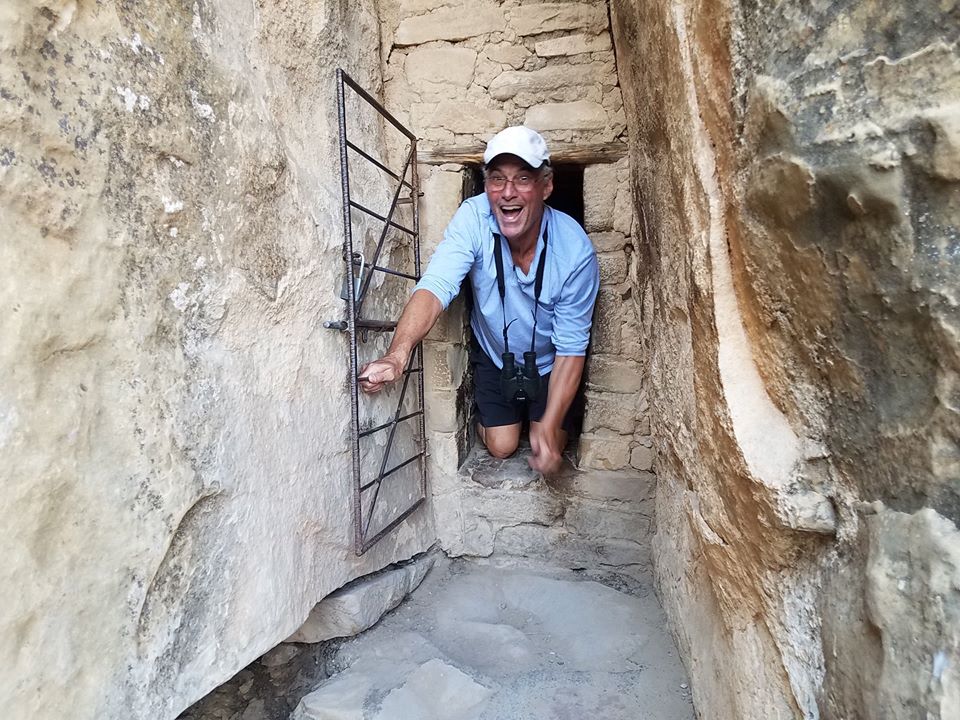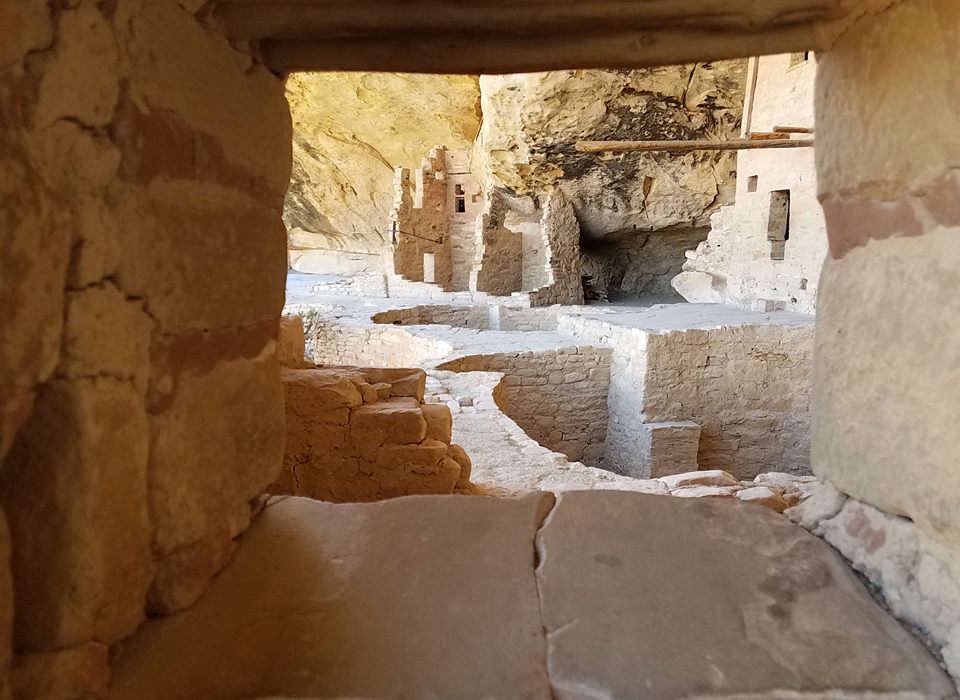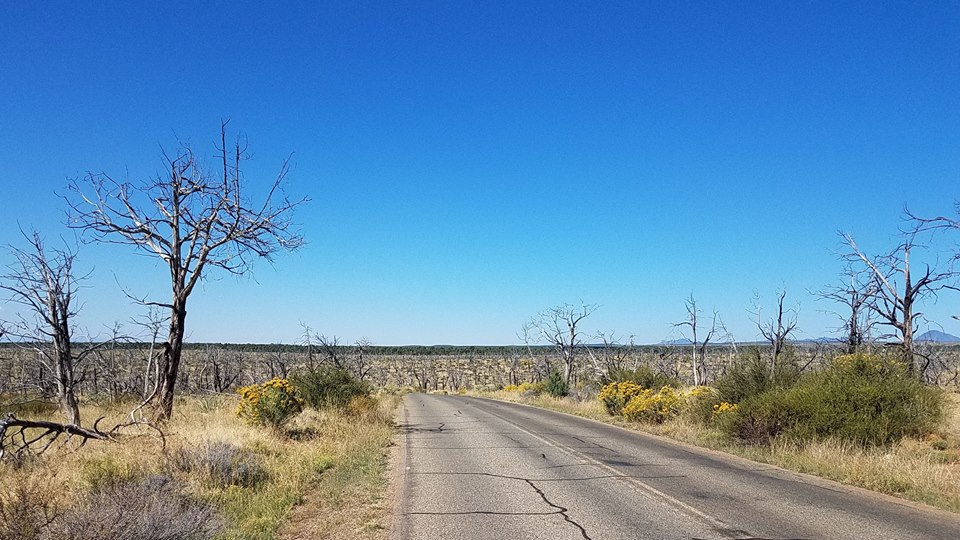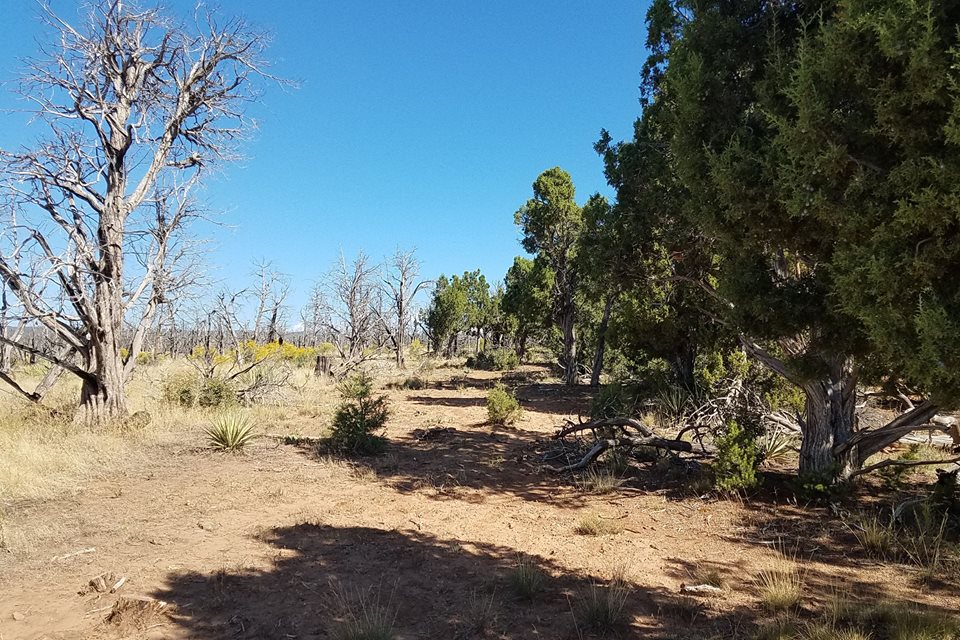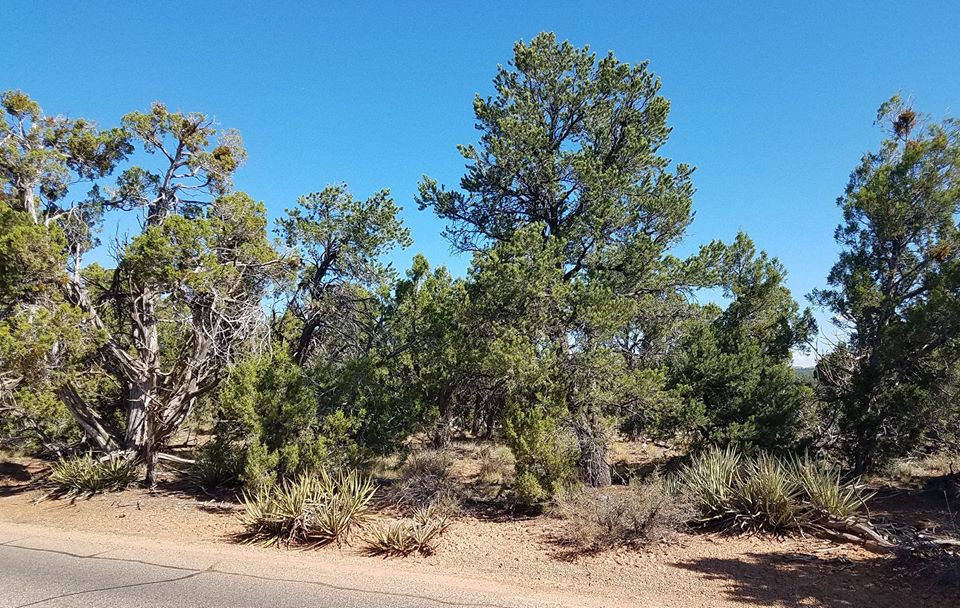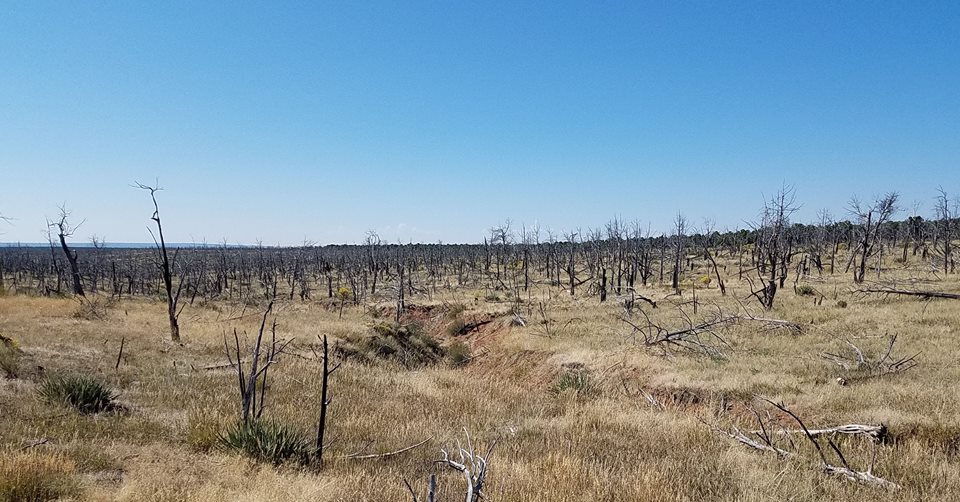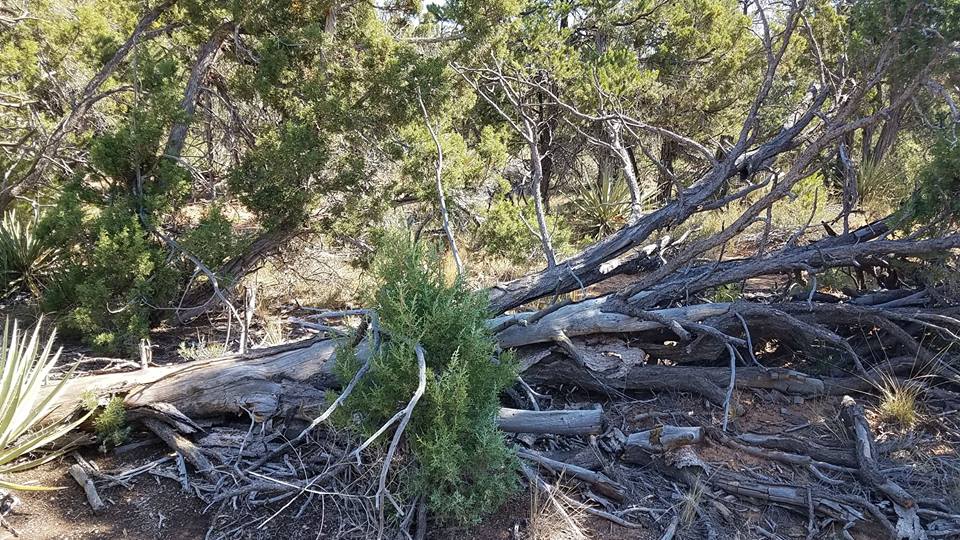Mesa Verde
We went up from Chaco Canyon to Mesa Verde, the other big Anasazi place. This one was also abandoned around 1300. Scholars speculate about the reasons. Maybe it is simple as the lifestyle was just not sustainable.
We listened to an audio book called “Cities of the Ancient World” on the way to and from the Mesa Verde. Most of the great cities and cultures of the world have declined or disappeared. Our experience in the last couple of centuries is not the common one. We have experienced more or less steady growth. But even we have ghost towns, places abandoned when the resource played out or just when people found better opportunities.
Alex made a couple of good speculations. Maybe simple prosaic causes pushed them people out. This settlement was on the edge of a trading community. Maybe when centers farther south declined, this one did too. It is like the contagion of the economic decline of 2008. Or maybe they just used up the resource. The forests above Mesa Verde were destroyed by fire in 2003. They still have not recovered. A fire or a drought would starve the people of Mesa Verde. Theirs was always a precarious existence. It would not take much to tip them off.
Fire on Mesa Verde
Fires stopped us from visiting Mesa Verde when we drove through here back in 2003. Turns out that this was a serious fire, part of a series of fires that burned 24,000 acres in Mesa Verde in 2002-3. This land was covered with old growth juniper and piñon pine forests. These are slow growing trees that never get very tall. It is not a fire adapted forest. A big fire can kill it. A big fire did kill it – all of it.
As many reading this know, I am an advocate of using fire in forestry. I have used fire on my own land with excellent results. It is a wonderful but fierce tool and fire is not appropriate in all conditions. I walked through some of the burned over acres today. After around fifteen years, the land still has not recovered. It is so different from what I know in Virginia. There is no evidence of natural regeneration, even near places where the forest is intact and presumably living trees would have provided seeds.
What to do? If you believe in “natural” you do nothing and let nature decide. This is not good. Nature doesn’t do any thinking. Random events can create widely divergent outcomes. A confluence of good conditions might restore the forest, while bad luck will leave it in the poor state it is today. And bad luck is much more likely.
Piñon, for example, don’t produce germinating seeds until they are 75 years old. And when they do produce, they only produce viable seeds only every seven to eight years. If they hit a drought during that time, nothing grows.
Right now, the ground is covered with invasive cheat grass and in lots of places with nothing at all. It seems that there is kind of an ecological Nash equilibrium. This calls for human intervention to move it off this self-sustaining bad outcome.
There would be a question of resources, but it would be useful to replant pines and junipers. Once established, they would be sustainable, at least until the next big fire.
There really is no natural choice. There are many options, some better than others. There has been no human-free environment in North America for at least 12,000 years. The fires that destroyed the piñon -juniper forest was human-made. At least part of it was caused by the Ips beetle killing piñon pines. The beetle probably hitchhiked in on a car or truck. The cheat grass is an invasive brought in by humans. Humans started some of the fires. Given all these human choices that created this outcome, it is silly – it is pernicious – to think that there is a natural choice. There are, however, sustainable choices that can be had with a targeted human intervention.




